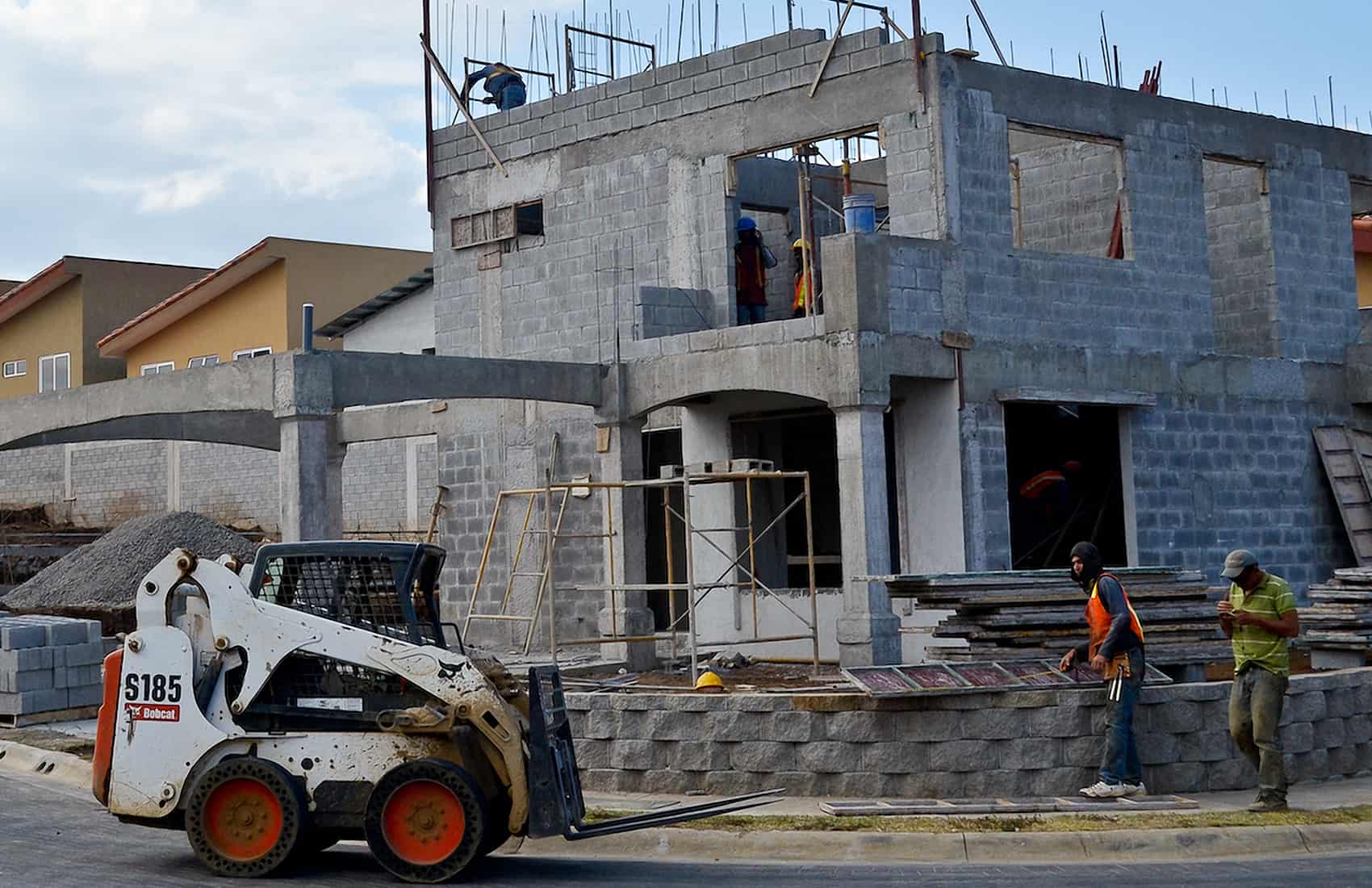During President Laura Chinchilla’s term from 2010-2014, administration officials and lawmakers passed nine pieces of legislation and one executive decree aimed at helping middle-income Ticos buy homes. Yet despite the effort, little was accomplished toward the goal of increasing the number of homeowners nationwide.
That is one of the conclusions of the “State of Housing and Urban Development in Costa Rica 2013,” a comprehensive report presented Wednesday by the Foundation for the Promotion of Housing (FUPROVI).
According to FUPROVI, the Chinchilla administration issued a total of 42,554 housing bonds, while the previous administration of Óscar Arias (2006-2010) issued 40,070.
The study determined that legislation promoting housing subsidies and other measures provided access to partial or temporary home payments and did little to help struggling families buy their own homes. This occurred, the report said, despite a Central Bank order allowing national banks to lower their minimum reserve limits, which in turn facilitated more lending.
FUPROVI study director Franklin Solano said that most middle-class families are priced out of the current housing market. For example, the monthly minimum wage for a non-skilled worker, according to the Labor Ministry, is only ₡278,207 ($520). A middle-class family with a minimum monthly income of ₡674,837 ($1,200) can purchase a home with a maximum value of ₡30 million (₡56,000). And those, Solano said, “are very hard to find because market prices are well above that.”
The same family would be required by banks and other financial agencies to place a down payment of ₡9 million ($16,850) in order to secure a loan, and monthly payments then would total ₡236,193 ($440) for 30 years.
Families who want a home that costs more than ₡47 million ($75,000) are required to have a monthly income of at least ₡1 million ($ 1,800). The down payment for a ₡38 million ($71,000) loan is ₡9.5 million ($18,000). Monthly payments then would total ₡363,862 ($680) for 30 years.
“Banks have money to lend, but there are very few affordable options on the market, as real estate developers have been investing in very high market segments for homes where the profit level is higher,” FUPROVI President Eloísa Ulibarri said.
According to the report, the housing market in the Central Region ranges from ₡55-110 million ($100,000-200,000) – beyond reach of most middle-class households. Today, only a “very limited number of housing options” exist under ₡50 million ($93,000) , and many of those are beyond middle-income budgets.
The FUPROVI study also noted that although the number of housing bonds issued during Chinchilla’s administration only slightly surpassed the number granted during Arias’ term, the amount of investment increased.
The average housing bond issued during Arias’ administration was ₡6 million ($11,200) per family. For Chinchilla’s administration, that number was ₡7.2 million ($13,500), according to the report.
FUPROVI’s Solano noted that, “Chinchilla’s government partially met their housing goals. They failed to build more homes, but they increased the amount of financing.”





